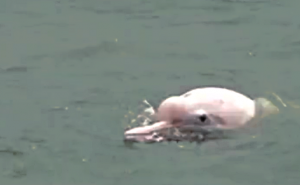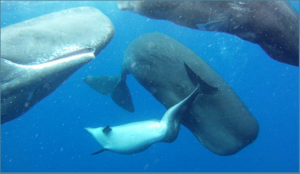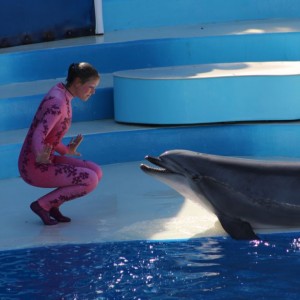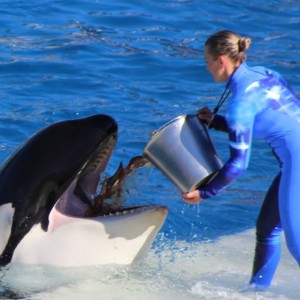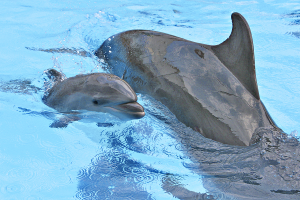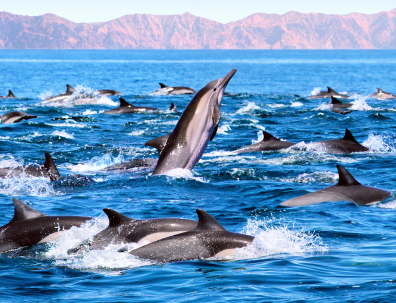Infanticide?
Do dolphins ever kill other dolphins? Certainly. Do we have proof? Yes.
Bottlenose dolphins sometimes kill harbor porpoises, a small dolphin species whose adults are approximately the size of a dolphin calf. Evidence of this has been found, in terms of dead harbor porpoises washing ashore with dolphin tooth marks and broken ribs that point to the porpoises being hit with a blunt object – in this case the rostrum (“nose”) of a bottlenose. Circumstantial, you say? Wait until you’ve watched a bottlenose tossing a hapless harbor porpoise into the air!
https://www.sfgate.com/news/article/Porpicide-Bottlenose-dolphins-killing-porpoises-2309298.php
And what did the harbor porpoise ever do to the dolphin? Perhaps the dolphins are defending their territory – treating the porpoises and competitors for fish. Perhaps. But it seems more possible the dolphins are killing porpoises because they’re about the same size as a baby dolphin. Some have said it’s by mistake. But that’s unlikely. It’s more likely they’re killing porpoises for practice!

